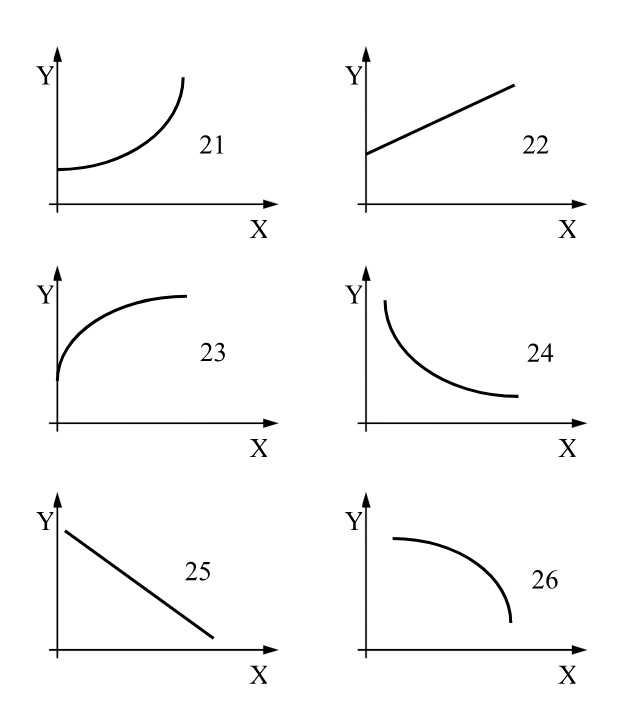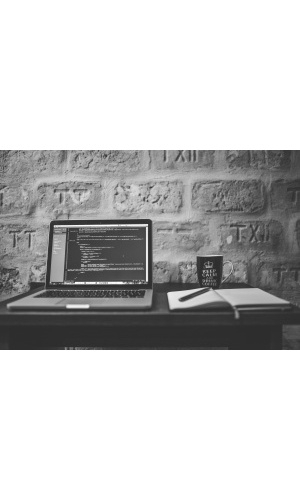Description
Zena Ltd., as a high-tech company dealing with complex tasks, is forced to control process, which are difficult to observe / measure and multidimensional. Therefore planning of experiments, pooling of its know-how and integration of published data / knowledge items requires human like approaches to such tasks.
Some branches of artificial intelligence are therefore used: the key formal tool is a trend / qualitative reasoning which is based just on three quantifiers – increasing, constant, decreasing. The relevant computer programs are available and frequently used.
Zena Ltd. has applied methods of artificial intelligence, especially specifically developed algorithms and solve such problems which are complex, vague, interdisciplinary e.g. sociology, ecology, psychology, politics and military tasks. Models of such systems and / or processes are partially subjective as they are based on (semi) subjective information / knowledge items as e.g. analogy and heuristics.
It is difficult for soft sciences experts, e.g. sociologists, to master complicated form tools of artificial intelligence. However, such tools are sometimes the only available tools to solve important and interesting tasks from soft sciences.
Zena Ltd. offers the following services:
Some branches of artificial intelligence are therefore used: the key formal tool is a trend / qualitative reasoning which is based just on three quantifiers – increasing, constant, decreasing. The relevant computer programs are available and frequently used.
Zena Ltd. has applied methods of artificial intelligence, especially specifically developed algorithms and solve such problems which are complex, vague, interdisciplinary e.g. sociology, ecology, psychology, politics and military tasks. Models of such systems and / or processes are partially subjective as they are based on (semi) subjective information / knowledge items as e.g. analogy and heuristics.
It is difficult for soft sciences experts, e.g. sociologists, to master complicated form tools of artificial intelligence. However, such tools are sometimes the only available tools to solve important and interesting tasks from soft sciences.
Zena Ltd. offers the following services:
- Development of models
- Identification of Inconsistencies
- Flexible Elimination of Inconsistencies
- Solution of models
- Interpretations of Results
Applied Tools of Artificial Intelligence
Zena has developed a broad spectrum of different computers programs to solve such problems which cannot be solved using tradition numerical quantifications and consequently statistical methods. Two tools are frequently used:
- Fuzzy Reasoning
- Common sense / Trend reasoning
- Marie Pavláková Dočekalová, Karel Doubravský, Mirko Dohnal, Alena Kocmanová Evaluations of corporate sustainability indicators based on fuzzy similarity graphs, Ecological Indicators, Volume 78, July 2017, Pages 108-114
- Stepan Vesely, Christian A. Klöckner, Mirko Dohnal, Predicting recycling behaviour: Comparison of a linear regression model and a fuzzy logic model, Waste Management, Volume 49, March 2016, Pages 530-536
- M. Dohnal, D. M. Fraser, M. Keřkovsky A fuzzy pooling of investment cost knowledge, International Journal of Production Economics, Volume 43, Issues 2–3, 1 June 1996, Pages 91-106
- M. Dohnal, J. Vystrcil, J. Dohnalova, K. Marecek, P. Bures, Fuzzy food engineering, Journal of Food Engineering, Volume 19, Issue 2, 1993, Pages 171-201
- K. Stupka, M. Dohnal A fuzzy knowledge base of ball bearing wear and its practical applications, Wear, Volume 156, Issue 2, 30 July 1992, Pages 239-250
- Raija Koivisto, Rhea Kakko, Mirko Dohnal, Martti Järveläinen , Accidental release: Fuzzy selection of adequate formal model, Journal of Loss Prevention in the Process Industries, Volume 4, Issue 5, October 1991, Pages 317-331
However, there are different pieces of fuzzy software available. Moreover they are users friendly. These fuzzy programs cannot solve many important tasks which suffer from severe information shortages. This is the reason why Zena has developed new tools based on trend quantifiers. There are just four trend values – increasing, constant, decreasing, do not know.
Several results of trend based reasoning are publicly available, see e.g.:
- Mirko Dohnal Complex biofuels related scenarios generated by qualitative reasoning under severe information shortages: A review, Renewable and Sustainable Energy Reviews, Volume 65, November 2016, Pages 676-684
- Karel Doubravsky, Mirko Dohnal Qualitative equationless macroeconomic models as generators of all possible forecasts based on three trend values—Increasing, constant, decreasing, Structural Change and Economic Dynamics, Volume 45, June 2018, Pages 30-36
- Mirko Dohnal, Alena Kocmanova, Qualitative models of complex sustainability systems using integrations of equations and equationless knowledge items generated by several experts, Ecological Indicators, Volume 62, March 2016, Pages 201-211
- Jiřı Konečný, Tomáš Vicha, Mirko Dohnal, Qualitative phase portrait of modified Black–Scholes model, Expert Systems with Applications, Volume 37, Issue 5, May 2010, Pages 3823-3826
- T. Vicha, M. Dohnal, Qualitative identification of chaotic systems behaviours, Chaos, Solitons & Fractals, Volume 38, Issue 1, October 2008, Pages 70-78
- Trend based simulation (TBS) is practically unknown. Therefore a short introduction follows.
Short Introduction into Trend Based Simulation
Forecasting and Decision-making related to complex tasks are often based on models of unique systems. It means that conventional statistical methods, which are, directly or indirectly, related to the basic law of large numbers, are difficult or impossible to apply.
It means that knowledge items of different levels of subjectivity must be taken into consideration to develop the best possible model of a unique task under study. Therefore, many observations are required. However, they are not available. This is the reason why information non-intensive formal tools are used more and more frequently.
Common sense formalization has attracted attention long time. Common sense algorithms based just on four values - positive, zero, negative, anything – are studied.
Many complex systems related knowledge items are available just as verbal descriptions based on trends: plus/increasing; zero/constant; negative/decreasing. For example:
If Corporate Indebtedness is increasing then Long Run Average Revenue is decreasing more and more rapidly.
All pairwise relations X and Y given in the following figure are trend relations. It means that nothing is quantitatively known.

Examples of trend pair-wise relations
For example, the relation 22 indicates that:
- The relation Y = f(X) is increasing
- There is a linear relationship between Y and X
- If X = 0 then Y is positive.







